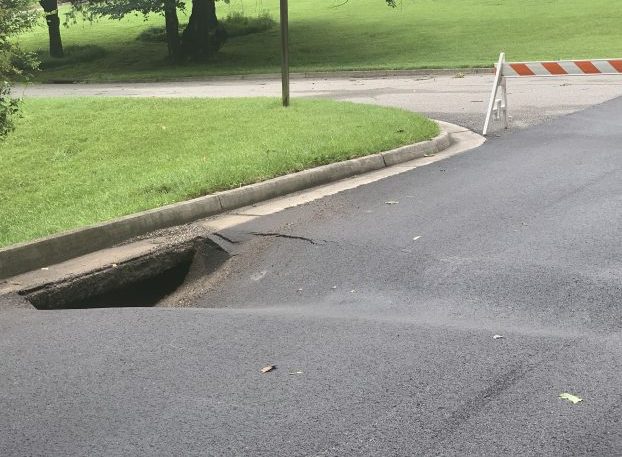Watching A Drought
Published 4:00 pm Tuesday, November 20, 2012
FARMVILLE – The Department of Environmental Quality (DEQ) has decided to maintain its Drought Watch status for the Appomattox River basin.
The decision was made by DEQ's Drought Management Task Force and based on continued rainfall deficits.
Despite Hurricane Sandy.
Trending
October saw “a continuance of the weather patterns that have produced drier than normal conditions across much of central and south-central Virginia,” the Drought Management Task Force's report states.
Yes, rainfall deficits in northern and eastern Virginia “were erased by abundant late-October precipitation, particularly from Hurricane Sandy,” the report states.
But the huge roiling hurricane “brought little precipitation to south-central and much of southwestern Virginia,” it was noted.
Looking back over the last 30, 60 and 90 days at the National Weather Service's Advanced Hydrologic Prediction Services data, the task force continued, shows departures from normal precipitation totals that “indicate that significant rainfall deficits continue across the central Piedmont region of Virginia.”
The Appomattox River Basin includes the Town of Farmville and the counties of Buckingham, Cumberland, Prince Edward, Amelia, Appomattox, Chesterfield, Dinwiddie, Nottoway, Powhatan, Prince George, along with Colonial Heights, Hopewell, Petersburg, Blackstone, and Burkeville.
The Roanoke River basin has been particularly affected, with dry condition reaching over the Blue Ridge Mountains into the Upper James River basin.
Trending
Stream flow conditions in central Virginia remain low, according to the task force.
The Appomattox River basin is said to be experiencing moderate drought conditions and the region's groundwater levels “remain below normal,” the report states.
With fall well underway and winter about four weeks away, the season changes offer a good chance to make best use of any precipitation.
Now that the growing season is over, DEQ points out, the lower temperatures and less direct sunlight will reduce the loss of moisture from the soil.
“The precipitation we receive during these colder months has much better opportunity to soak into deeper soil layers and help replenish moisture reserves.”
With hurricane season just about over there is some hope that late fall and winter weather will do more good over a wider area.
“We are well into the time of year when non-tropical storms will become our primary source of precipitation. These storms,” the task force explains, “usually linked to large frontal passages, tend to bring widespread precipitation and often help to provide recharge to much of the state at once, as well as wipe out lingering areas of (rainfall) deficit.”
The rainfall deficit in Farmville, as recorded by WFLO, the area's official National Weather Service Cooperative Observer, stands at 5.95 inches for the year, with last month seeing 3.10 inches of rain, with 3.51 inches being normal precipitation for October.
DEQ had placed the Appomattox River basin in Drought Warning status in mid-August, keeping it in September, reflecting the extreme conditions which developed in August and July.
On July 31st the Appomattox River recorded its lowest-ever flow in Farmville for any previous July 31st, the lowest flow on that date in 86 years.
Farmville's rainfall deficit reached 10 inches in July.
The Drought Warning designation was lowered to Drought Watch status last month, which is where November finds itself in the Appomattox River basin.





